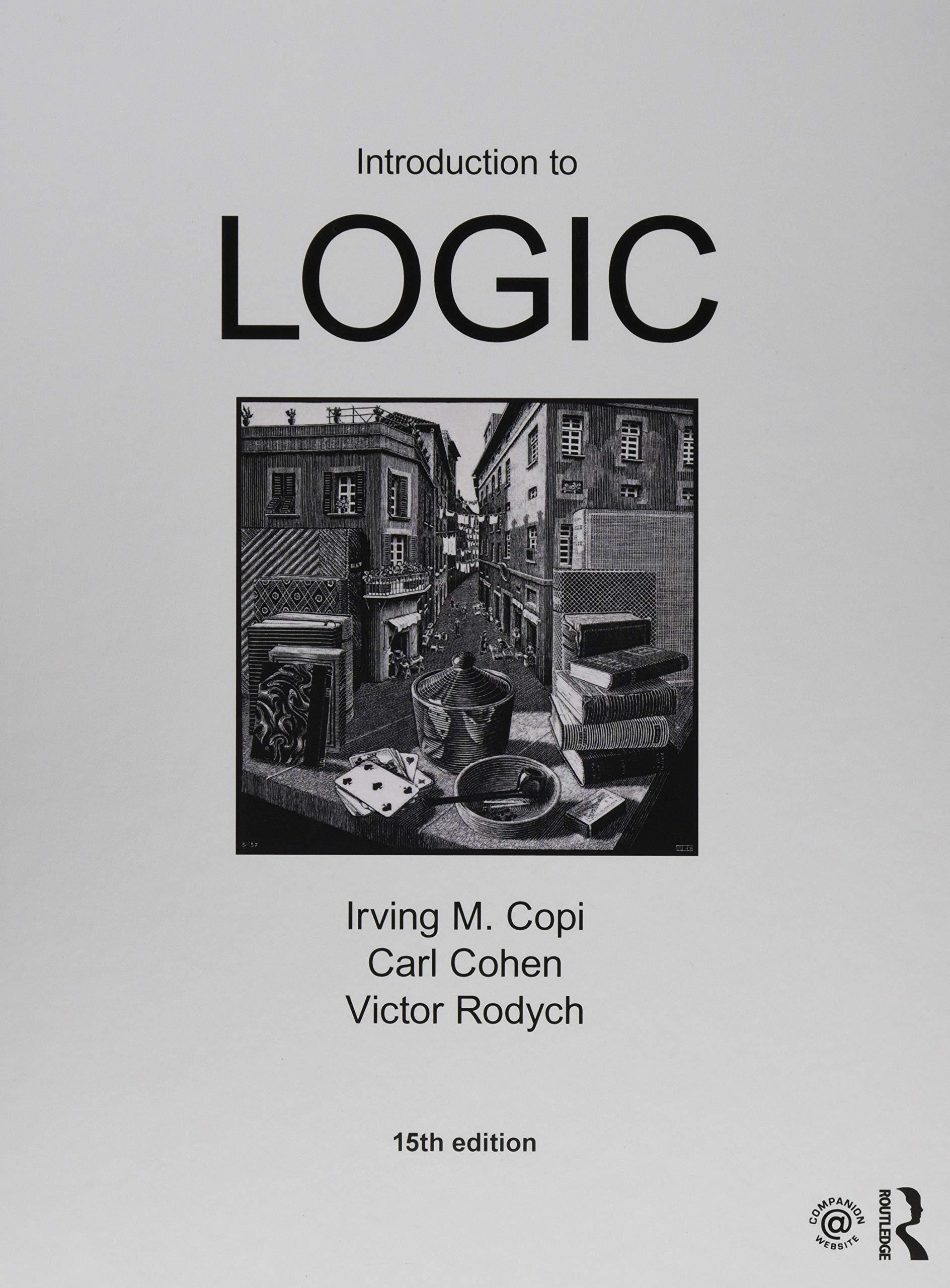Analyze the structure of the analogical arguments in the following passages, and evaluate them in terms of
Question:
Analyze the structure of the analogical arguments in the following passages, and evaluate them in terms of the six criteria that have been explained:
An electron is no more (and no less) hypothetical than a star. Nowadays we count electrons one by one in a Geiger counter, as we count the stars one by one on a photographic plate. In what sense can an electron be called more unobservable than a star? I am not sure whether I ought to say that I have seen an electron; but I have just the same doubt whether I have seen a star. If I have seen one, I have seen the other. I have seen a small disc of light surrounded by diffraction rings which has not the least resemblance to what a star is supposed to be; but the name “star” is given to the object in the physical world which some hundreds of years ago started a chain of causation which has resulted in this particular light-pattern. Similarly in a Wilson expansion chamber I have seen a trail not in the least resembling what an electron is supposed to be; but the name “electron” is given to the object in the physical world which has caused this trail to appear. How can it possibly be maintained that a hypothesis is introduced in one case and not in the other?
—Arthur Eddington, New Pathways in Science , 1939
Step by Step Answer:

Introduction To Logic
ISBN: 9781138500860
15th Edition
Authors: Irving M. Copi, Carl Cohen, Victor Rodych





